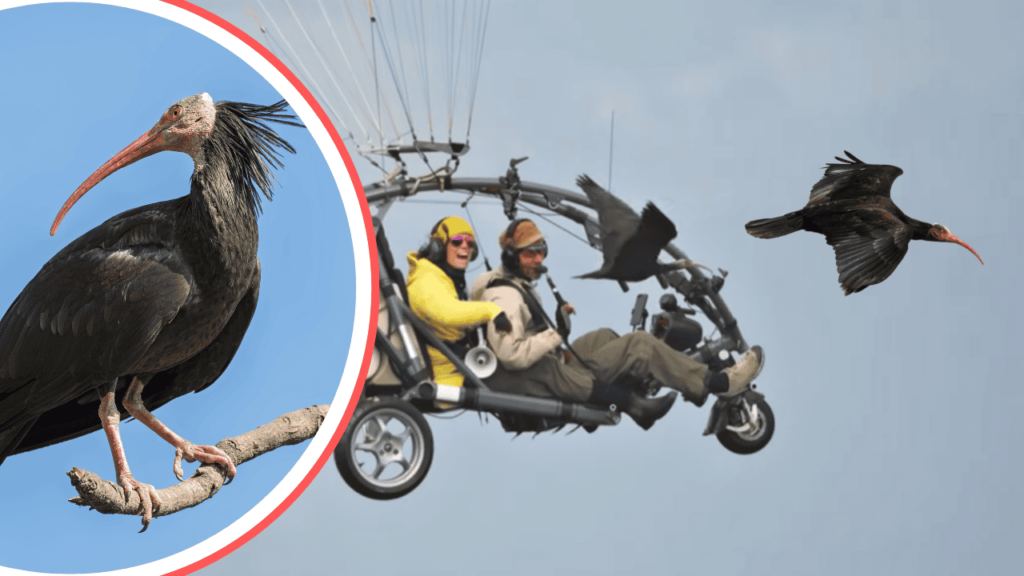Imagine facing a predator and, instead of running, you suddenly squirt blood from your eyes as a defense. It sounds like a plot twist from a fantasy novel, but for the Texas horned lizard, this is just another day in the wild. With its spiky armor, dinosaur-like appearance, and almost mythical ability to shoot blood, this lizard captures imaginations and hearts alike. Revered in Texas culture and threatened in the wild, the Texas horned lizard is a truly astonishing creature that blends mystery, science, and a touch of the bizarre.
The Ancient Look: Nature’s Tiny Dinosaur
The Texas horned lizard, often affectionately called the “horny toad,” is a striking reptile that looks like it stepped out of prehistory. Its body is broad and flat, covered in rows of sharp spikes and crowned with prominent horns above its head. These physical features aren’t just for show; they help the lizard blend seamlessly into the dry, rocky landscapes of the American Southwest. When seen basking in the sun, the horned lizard’s rough skin and earthy colors make it almost invisible to predators and hikers alike. It’s easy to see why so many people do a double-take when they first spot one—it’s a living, breathing link to the ancient world.
A Most Unusual Defense: Shooting Blood From Its Eyes
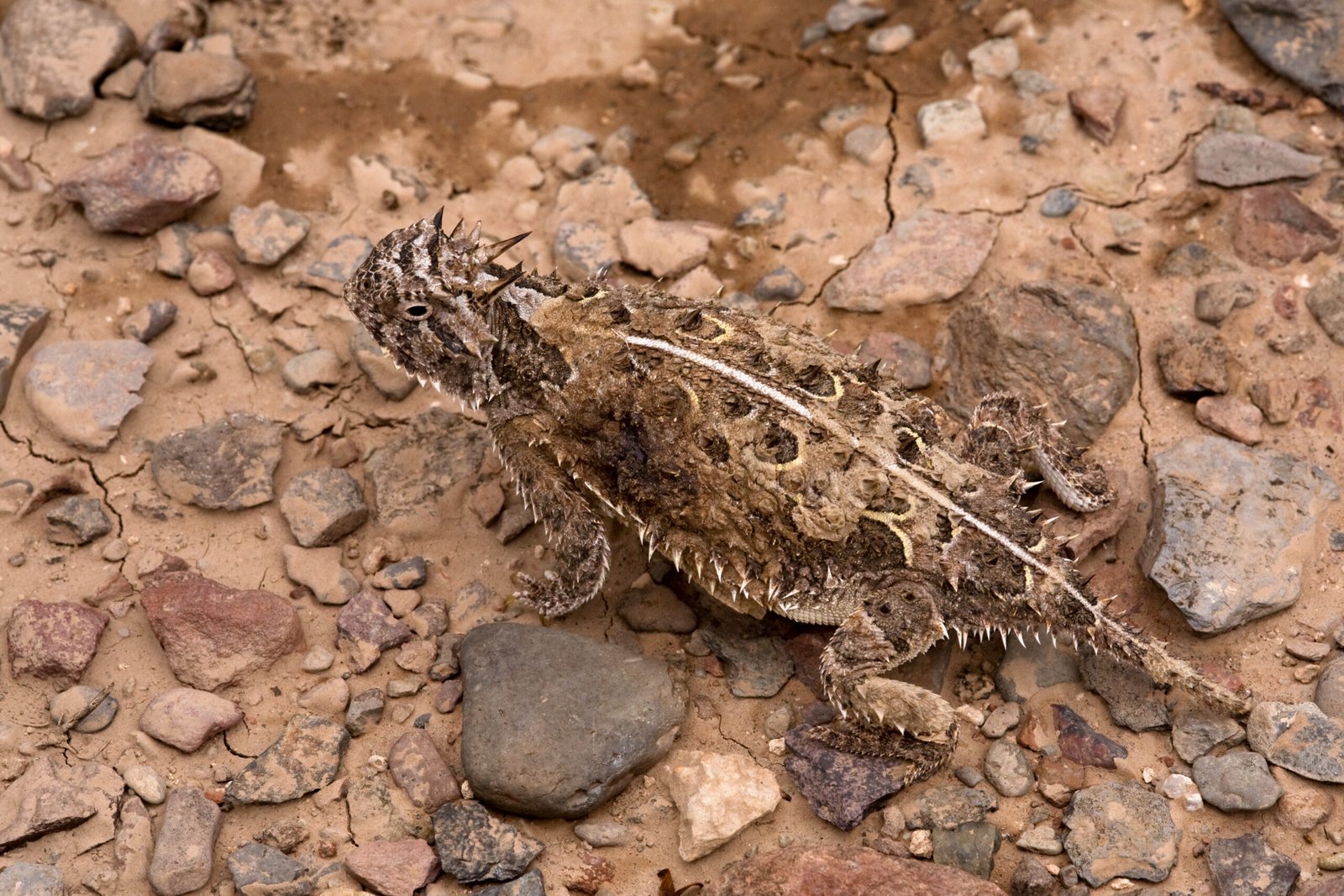
Perhaps the most shocking trait of the Texas horned lizard is its ability to shoot blood from its eyes. When threatened by predators like coyotes or foxes, the lizard builds up pressure in the tiny blood vessels around its eyes. Suddenly, it squirts a stream of blood up to several feet away. This isn’t just for drama—the blood has a foul taste that deters would-be attackers, especially canines. It’s a defense so unexpected that it often gives the lizard just enough time to escape. This bizarre tactic has made the Texas horned lizard a legend in the animal kingdom and a favorite among curious minds.
Life in the Harsh Texan Landscape
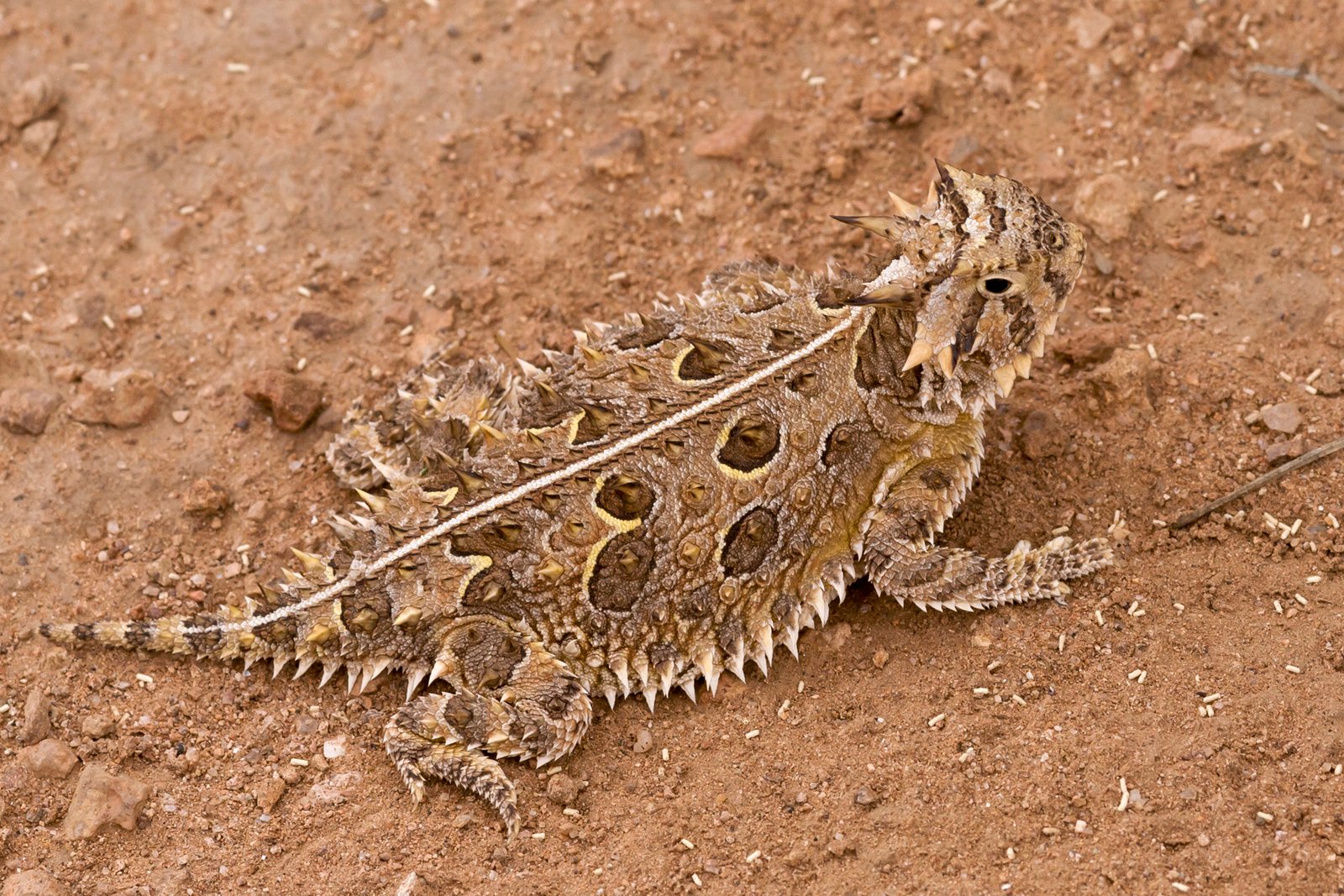
Surviving in Texas isn’t easy, but the horned lizard is a master of adaptation. It thrives in arid environments, from sandy deserts to grasslands dotted with prickly pear cactus. These lizards are expert sunbathers, using their flat bodies to soak up warmth in the cool mornings. When temperatures soar, they burrow into loose soil or hide under rocks to stay cool. Their spiny armor offers protection not just from predators but also from the harsh climate. Every aspect of their behavior and body is perfectly suited to life in one of America’s toughest landscapes.
The Ant Eater: A Diet That’s Hard to Stomach
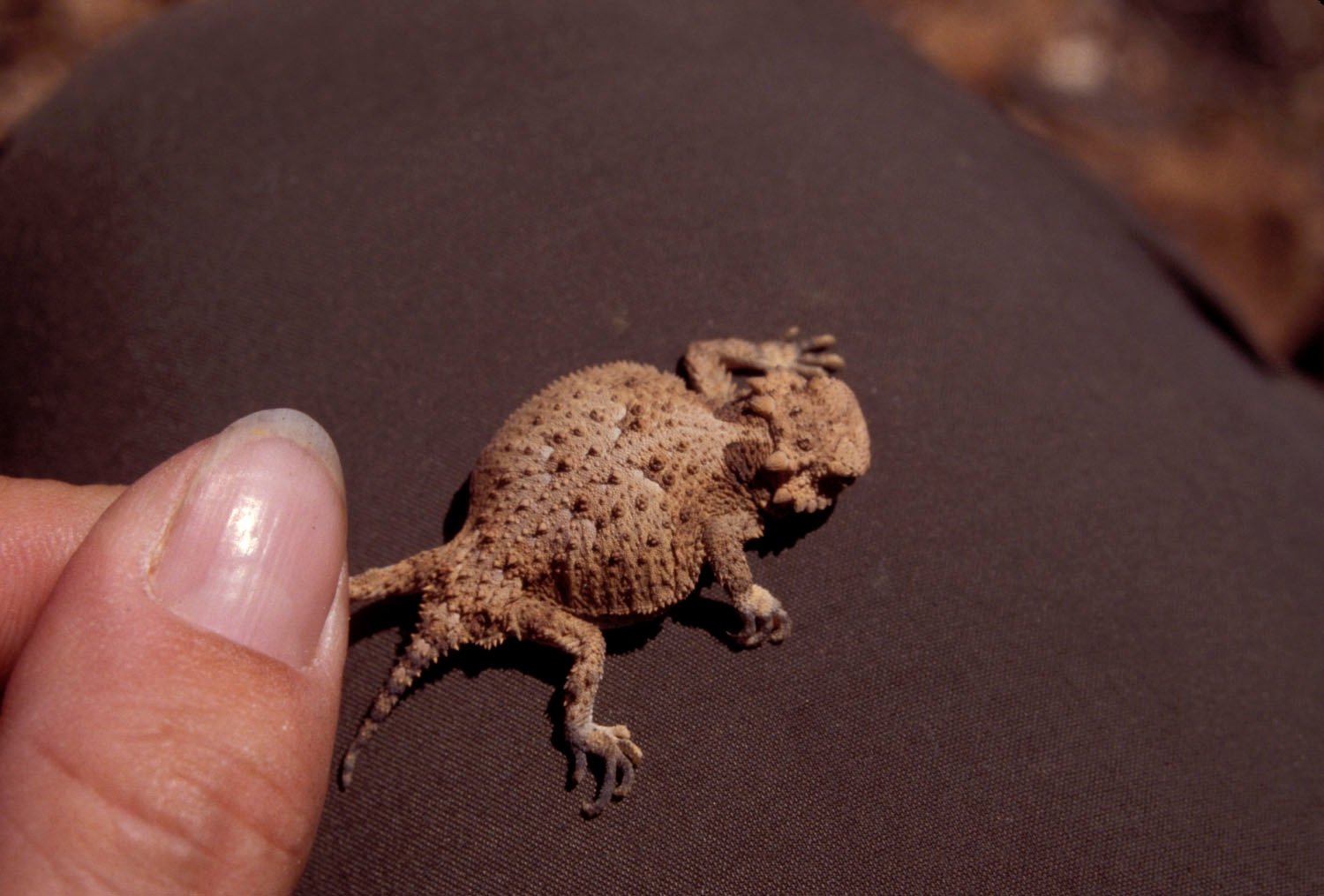
Unlike many lizards, the Texas horned lizard is a picky eater, feasting almost exclusively on harvester ants. These ants are notorious for their painful stings and tough exteriors, but the horned lizard seems unfazed. It can eat dozens, sometimes hundreds, of ants in a single sitting. This specialized diet means the lizard plays a crucial role in balancing ant populations. However, it also makes the species vulnerable—if the local ant colonies disappear, so does the lizard’s food source. Watching one of these lizards methodically snap up ant after ant is a mesmerizing sight, a true display of nature’s precision.
A State Symbol With Deep Roots
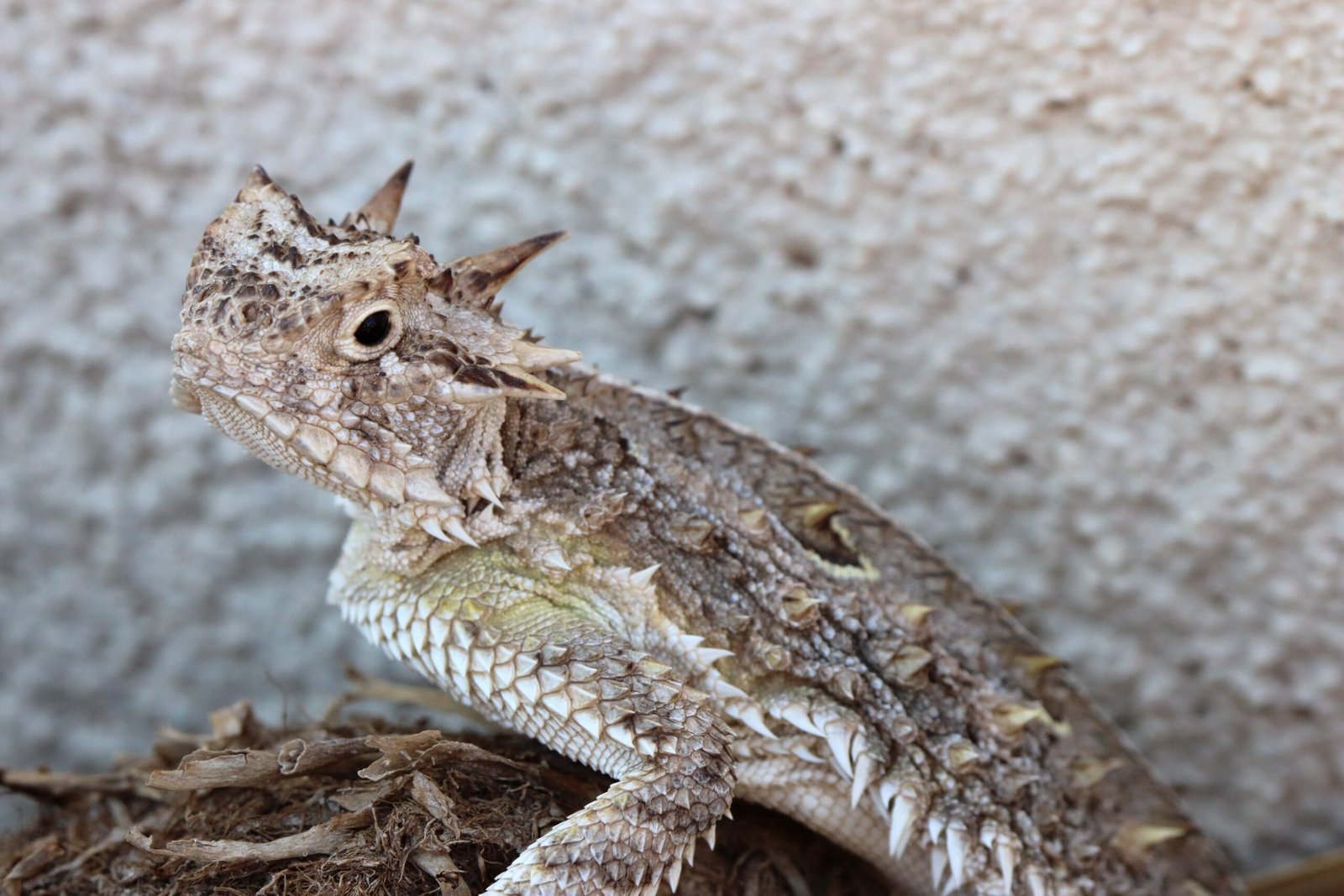
The Texas horned lizard holds a special place in the hearts of Texans. Named the state reptile in 1993, it’s a symbol of resilience, uniqueness, and the wild spirit of the Lone Star State. For generations, children have searched for horny toads in their backyards, making cherished memories and passing on a love for wildlife. The lizard appears in art, folklore, and even in the logos of Texas sports teams. Its image is deeply woven into the cultural fabric, representing not just a species, but a way of life that values nature and tradition.
Camouflage: The Art of Disappearing
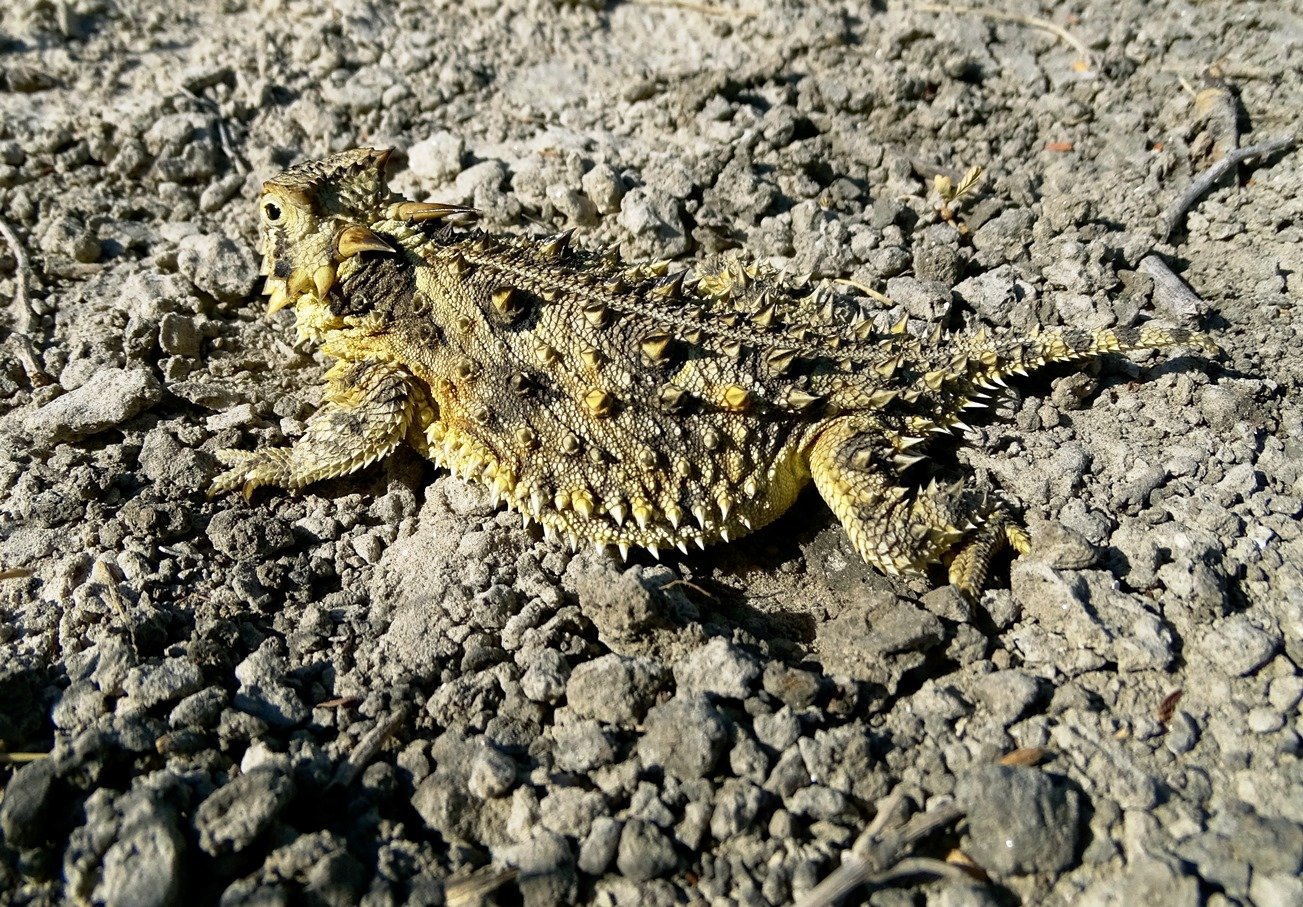
One of the Texas horned lizard’s greatest survival tools is its incredible camouflage. Its mottled brown, gray, and reddish hues blend seamlessly with the Texas soil and rocks. When threatened, the lizard will often freeze, trusting its coloration and spiky profile to break up its outline. Many predators—and even attentive humans—walk right past without noticing. This ability to vanish in plain sight is as effective as any physical defense, and it speaks to the lizard’s long evolutionary history in a land full of danger.
Reproduction and the Next Generation
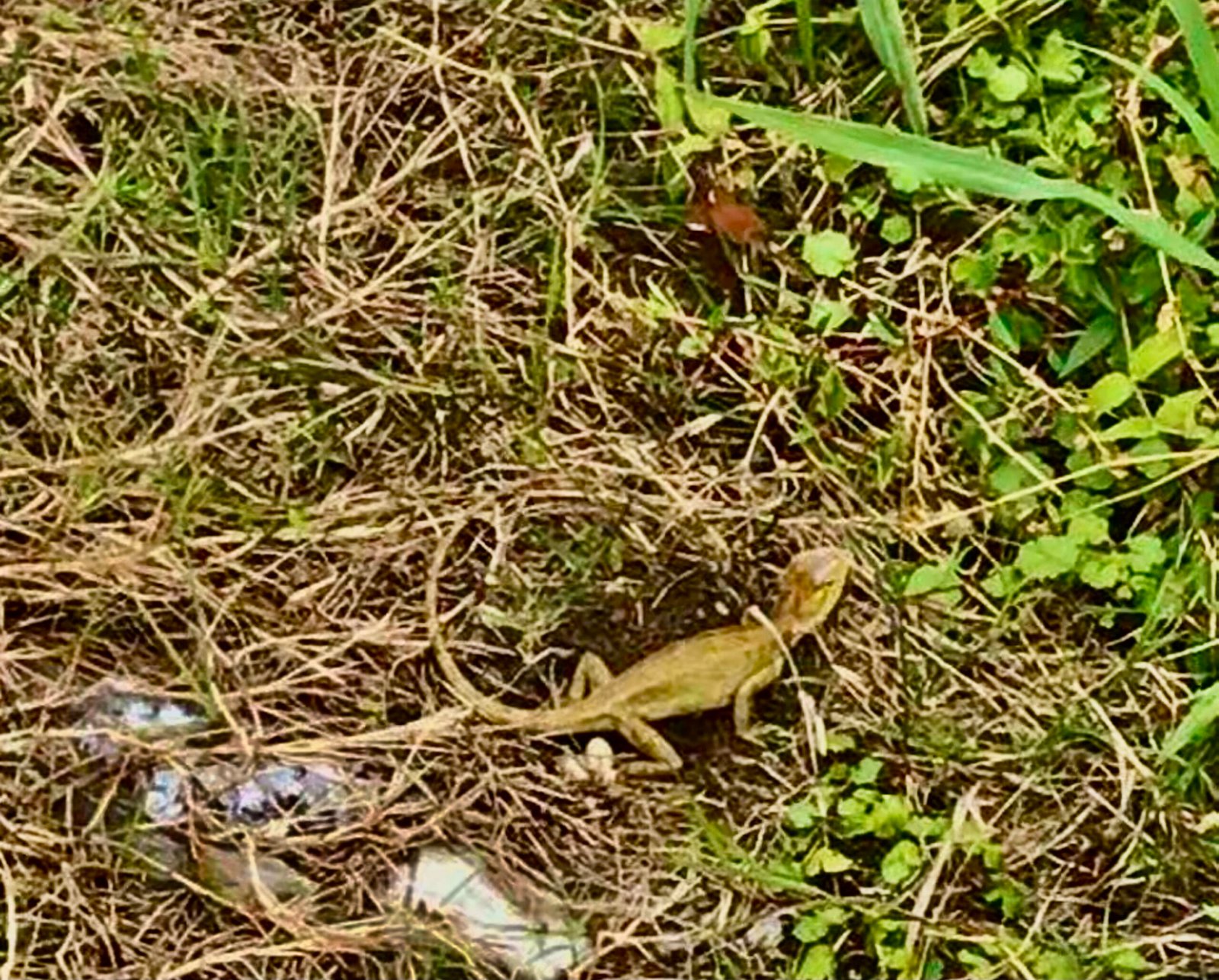
Every spring, the Texas horned lizard begins a remarkable cycle of life. Females dig burrows in soft soil to lay their eggs, often going unnoticed by predators and people alike. A single clutch can contain up to 40 eggs, each one a fragile hope for the future. After about two months, tiny horned lizards hatch, already equipped with miniature spikes and a fierce independence. The young are on their own from the start, learning to find ants and avoid danger with no parental help. This high-stakes beginning ensures that only the toughest survive.
Threats in a Changing World
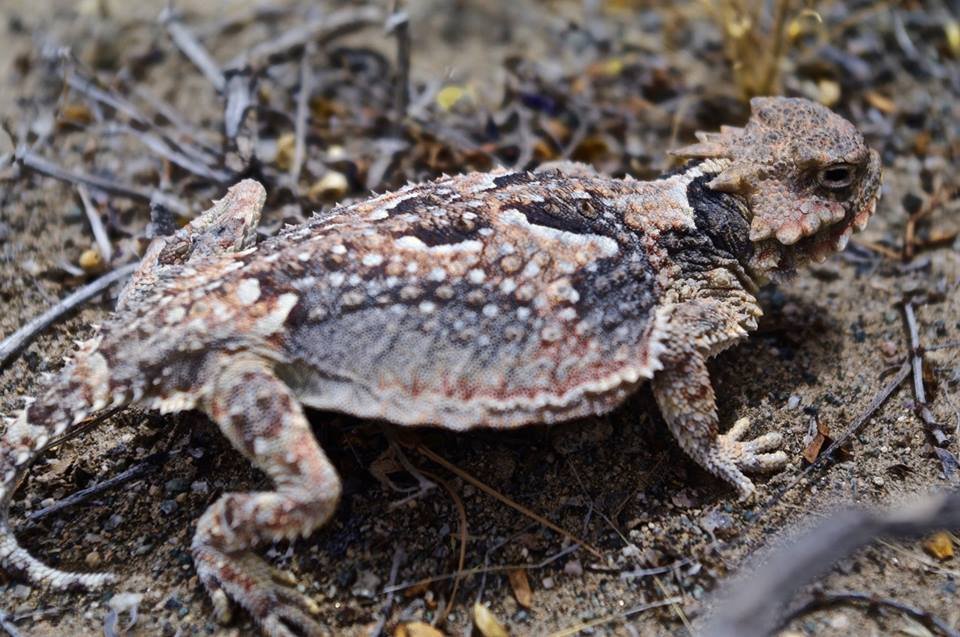
Despite its iconic status, the Texas horned lizard faces serious threats. Habitat loss due to urban development, pesticide use, and invasive species have led to dramatic declines in their populations. The widespread use of fire ants, which outcompete native harvester ants, also spells trouble for these specialized feeders. As open spaces shrink and chemical use rises, the horned lizard’s future becomes increasingly uncertain. Scientists, conservationists, and everyday Texans are sounding the alarm, hoping to reverse the trends before it’s too late.
Conservation Efforts: A Race Against Time
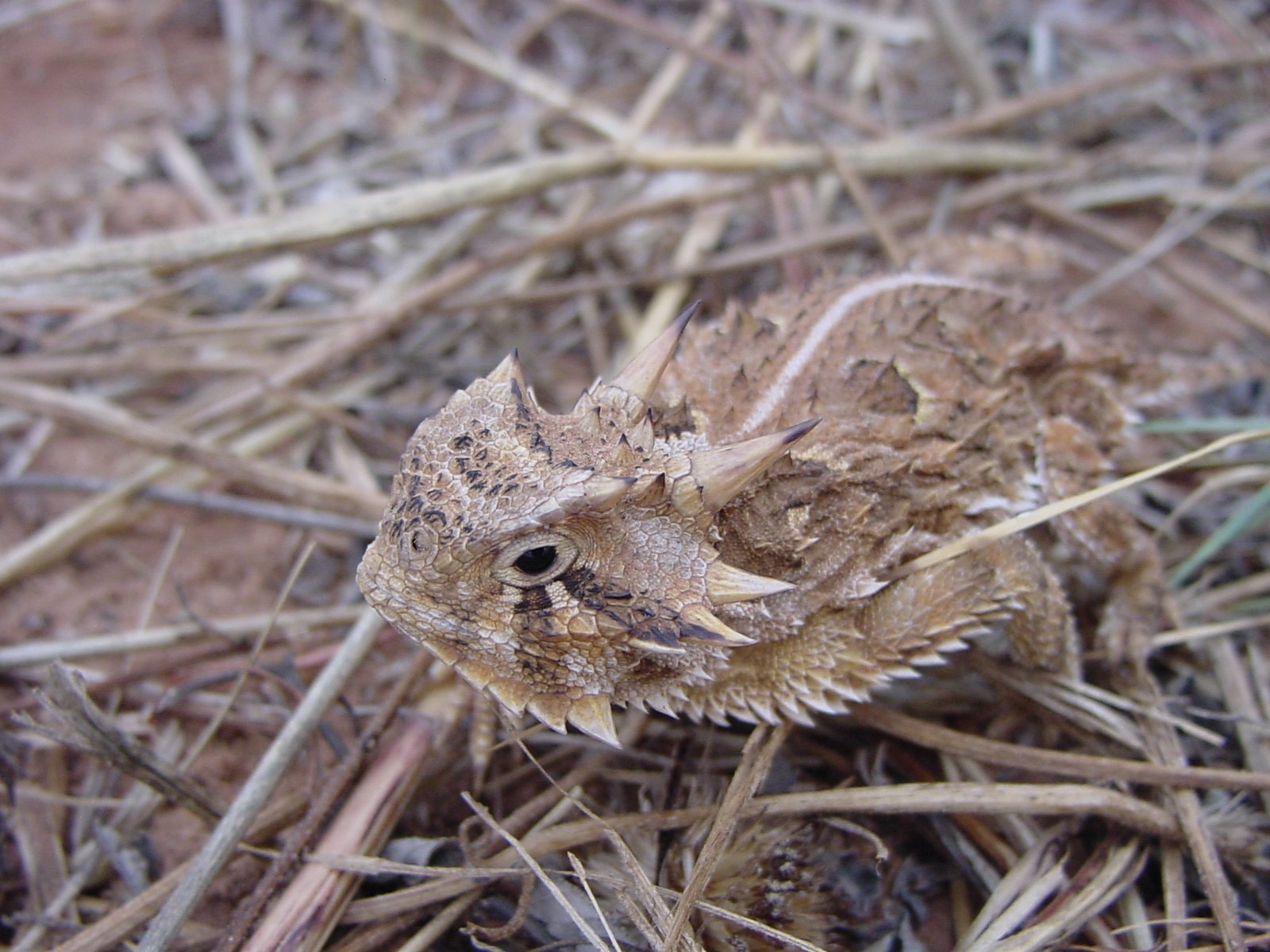
Efforts to save the Texas horned lizard are underway, with universities, zoos, and local communities all pitching in. Captive breeding programs aim to boost numbers, while habitat restoration projects help bring back the native plants and ants that horned lizards depend on. Education programs teach young Texans to value and protect their spiky neighbors. These efforts are a testament to the power of collective action—proof that, with enough passion and teamwork, even the most threatened species can be given a fighting chance.
The Texas Horned Lizard in Popular Culture
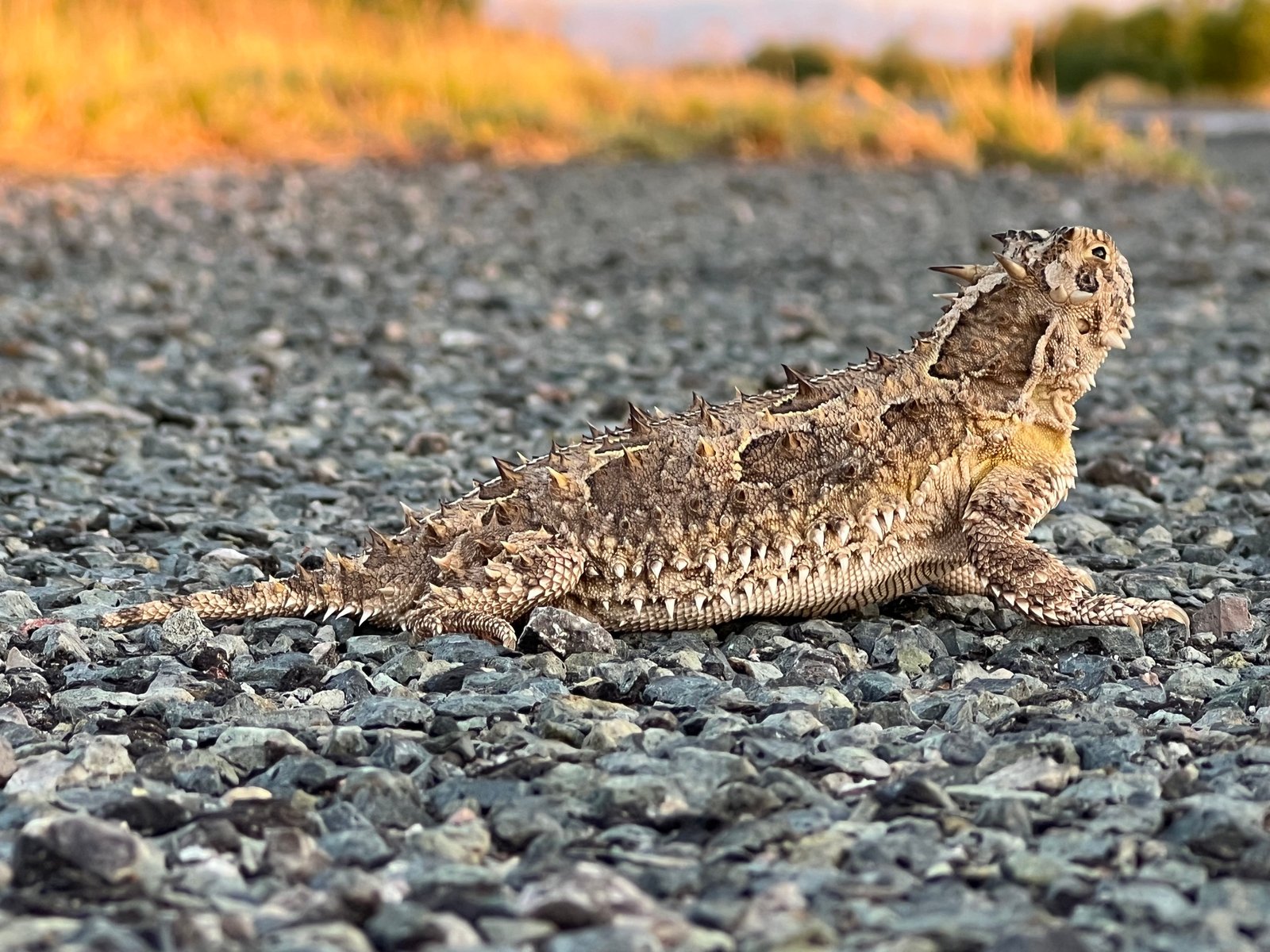
The horned lizard’s quirky traits and symbolic power have made it a beloved figure in Texas and beyond. It appears in children’s books, roadside attractions, and even in the names of local businesses. Its image is used to inspire pride, curiosity, and stewardship of the natural world. Stories of kids finding horny toads in their yards or grandparents recalling the days when lizards were everywhere create a shared sense of nostalgia and hope. This little reptile has managed to capture not just the soil of Texas, but its very soul.
A Call to Appreciate and Protect
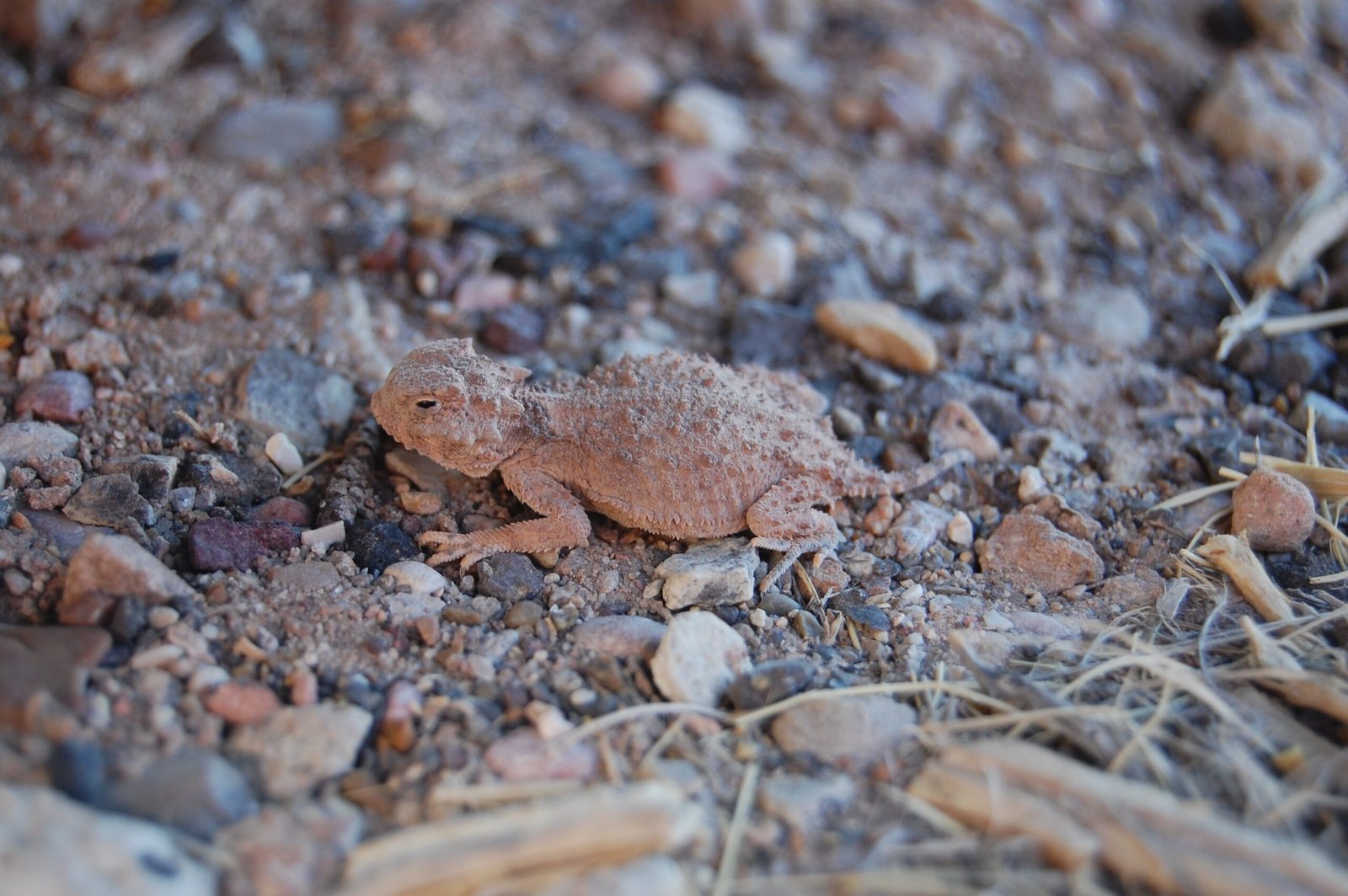
The Texas horned lizard is more than just a creature with a shocking defense—it’s a living symbol of resilience, adaptation, and the wild beauty of nature. Its story challenges us to look closer at the world around us and to protect the wonders we still have. As we marvel at the lizard’s spiky armor and astounding blood-squirting defense, we’re reminded of the incredible diversity that nature offers, often hidden in plain sight. What other secrets might be waiting, just beyond our backyard fence?




